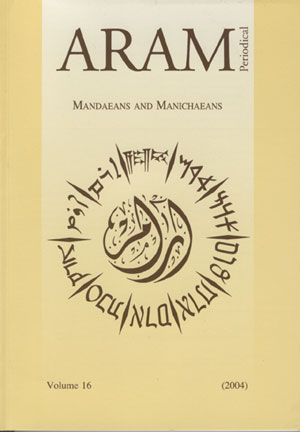 previous article in this issue previous article in this issue | next article in this issue  |

Preview first page |
Document Details : Title: The Temples of Zeus and Artemis and their Relation to the Urban Context of Gerasa Author(s): RABABE'H, Shaher Journal: ARAM Periodical Volume: 23 Date: 2011 Pages: 177-189 DOI: 10.2143/ARAM.23.0.2959656 Abstract : Roman temples were widely built widely as an expression of political power and the economic change that happened after the extension of the Empire to the East. A single large temple complex usually dominated Roman cities in the East, when a city had more than one, there would always be one dedicated to the patron god which dominated the others. Gerasa, one of the eastern cities, had two main temples; those of Zeus and Artemis. The purpose of this study is to describe the architectural and religious contexts of these two most significant sacred shrines in Gerasa, their position in the town master plan, their formal qualities, and the organization of the public spaces in which they were located. This paper describes aspects related to topographical and urban orientation, ceremonial function, and symbolic meaning. In terms of their social context, it analyses their locations as places for public ceremony, how they displayed the religious authority, and what the landscape features contributed towards highlighting the image of religious and political powers. This is done in terms of both archaeological and literary evidence that allows the reconstruction of their architectural settings in the civic landscape. This study reveals that both temples played a crucial role through the quality of their composition and their spatial link with other public buildings as desired by the political and religious authorities. The Temple of Artemis was the urban focal point of the entire city, where its construction shifted most public buildings to the north. The physical landscape increased the social status of the whole composition, and made it easy to be both functioned and highly respected. This study also reveals stylistic similarities between the Artemis temple and Baalbek temple that suggest a direct architectural link. Both were built according to Roman tradition with eastern influence. The mixture of the two architectural styles, the eastern style and the western one, introduced a distinguished model. Both temples led to having large scale public buildings expressing power and religious authority. |
|


